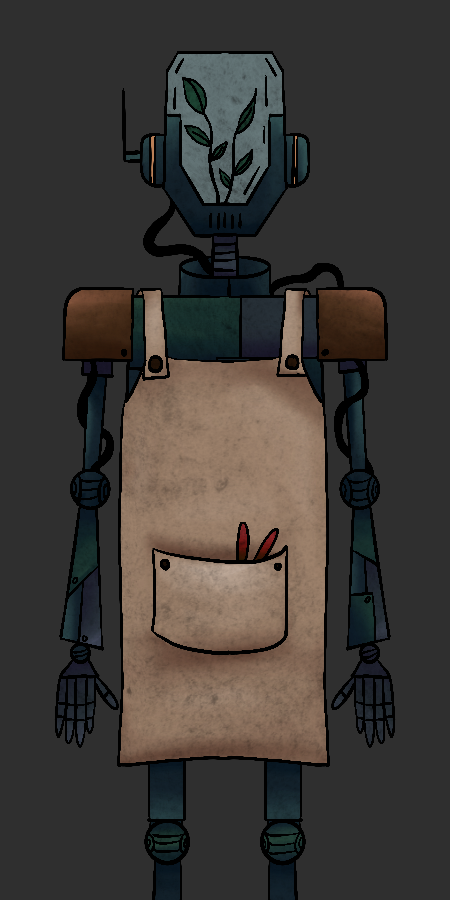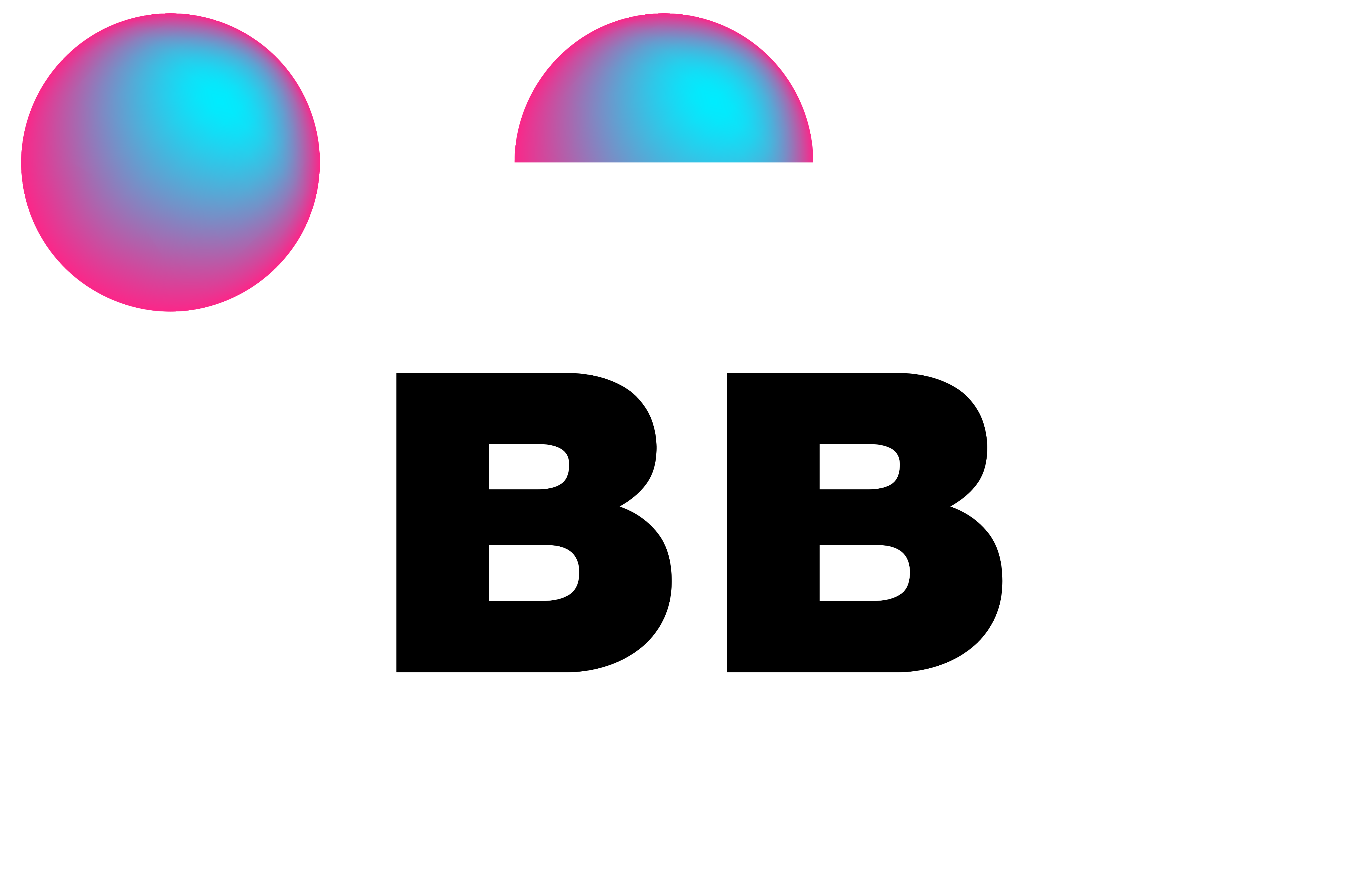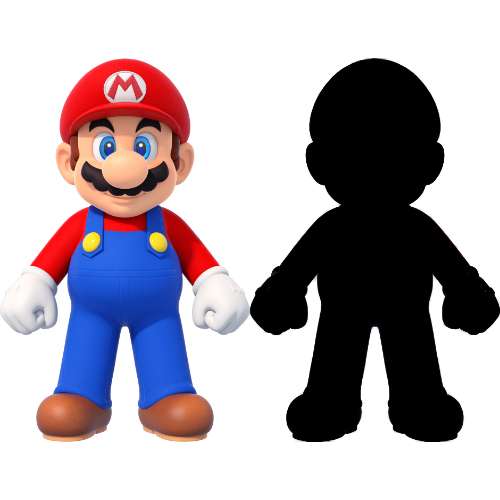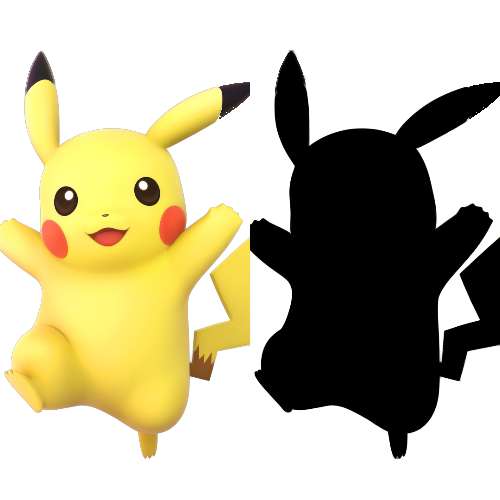Crafting Characters
Hello friends! I hope you’ve had an inspiring and creative week. Here in Los Angeles, it’s been a whirlwind—quite literally. The winds have been relentless, fanning fires that have ravaged entire neighborhoods. So many people have lost their homes, businesses, and entire childhoods. It’s hard to wrap your mind around such devastation.
But let’s shift the focus. This is, after all, a game dev blog, not a weather report. Before I got entirely distracted by the news (and glued to KCAL for updates), I was deep in the world of character design. Today, I want to share some thoughts and lessons I’ve learned, as well as a little glimpse into my own process.
Creating characters is more than just drawing something that looks cool—it’s about making them feel alive, like they belong in the world you’re building. A good character is memorable, functional, and emotionally resonant. Here are some foundational principles I’ve discovered during my deep dive into this fascinating craft:
- Recognizable Silhouettes: A strong character silhouette is like their fingerprint—it should immediately set them apart, even in shadow. This helps with recognition and builds an intuitive connection with players or viewers. Think of how you could spot iconic characters like Mario or Pikachu just from their outlines. Silhouettes tell a visual story before anything else.
- Intentional Color Palettes: Colors are powerful storytellers. A character’s color scheme can evoke emotions, suggest personality traits, or even hint at their role in the story. Using bold and recognizable palettes ensures that even at a glance, the character communicates who they are and what they’re about.
- Simplicity in Design: While intricate details might look stunning on a still page, they can quickly turn into nightmares when it comes to animation or rigging. Simplicity doesn’t mean boring—it means every design choice is purposeful, with no unnecessary frills weighing it down. This is especially important when you’re designing for scalability, as I am for Martian Alchemist.
- World-Integrated Traits: The most compelling characters feel like they could only exist within their specific universe. Whether it’s their attire, tools, or even the way they move, every aspect of a character should reflect their role in the world. This makes them feel authentic and deeply connected to the narrative.
These principles became my north star as I tackled one of the more intimidating aspects of Martian Alchemist—designing NPCs. The game is centered around a potion shop on Mars, with a parade of visitors coming and going, each bringing their own unique personality and needs. But how do you create a world that feels alive without overwhelming yourself with 50+ totally unique designs and backstories?
At first, I was paralyzed by the sheer scope of it all. Portraits and character design aren’t exactly in my comfort zone, and I didn’t want to fall into the trap of reusing the same face with slight variations. Too many games suffer from expansive yet hollow worlds, and I knew I couldn’t let that happen with Martian Alchemist. I wanted every NPC to feel distinct, like a puzzle piece fitting seamlessly into the world’s tapestry.
After hours of YouTube tutorials and several failed attempts, I had a realization: I am the one building this world. I get to make the rules. If I decide a character has leaves that reflect their mood, then that’s what’s possible in this world. That realization unlocked so much creative freedom.
And so, I began sketching. My first creation is a Martian farmer. Knowing that interacting with him will bring honor and good karma to the potion shop, his design is rooted in trust and calmness, with clean, approachable lines and a unique silhouette that instantly sets him apart. One of the things I'm most tickled by is the leaves on his head, which perk up when he’s happy and droop when he’s upset or angry. They’re both an emotional barometer and a subtle touch of whimsy that ties him to the world I'm building here on Mars.

Now, I’d be lying if I said I wasn’t dreading the 3/4 view of his character turnaround. Every time I've tried, I've ended up with skewampus eyes and fat, unattractive lips . For now, though, I’m happy with this small victory—bringing a character to life who feels truly part of the world I’m building.
Until next week, friends—stay safe, stay creative, and never forget the magic of what you’re making.


